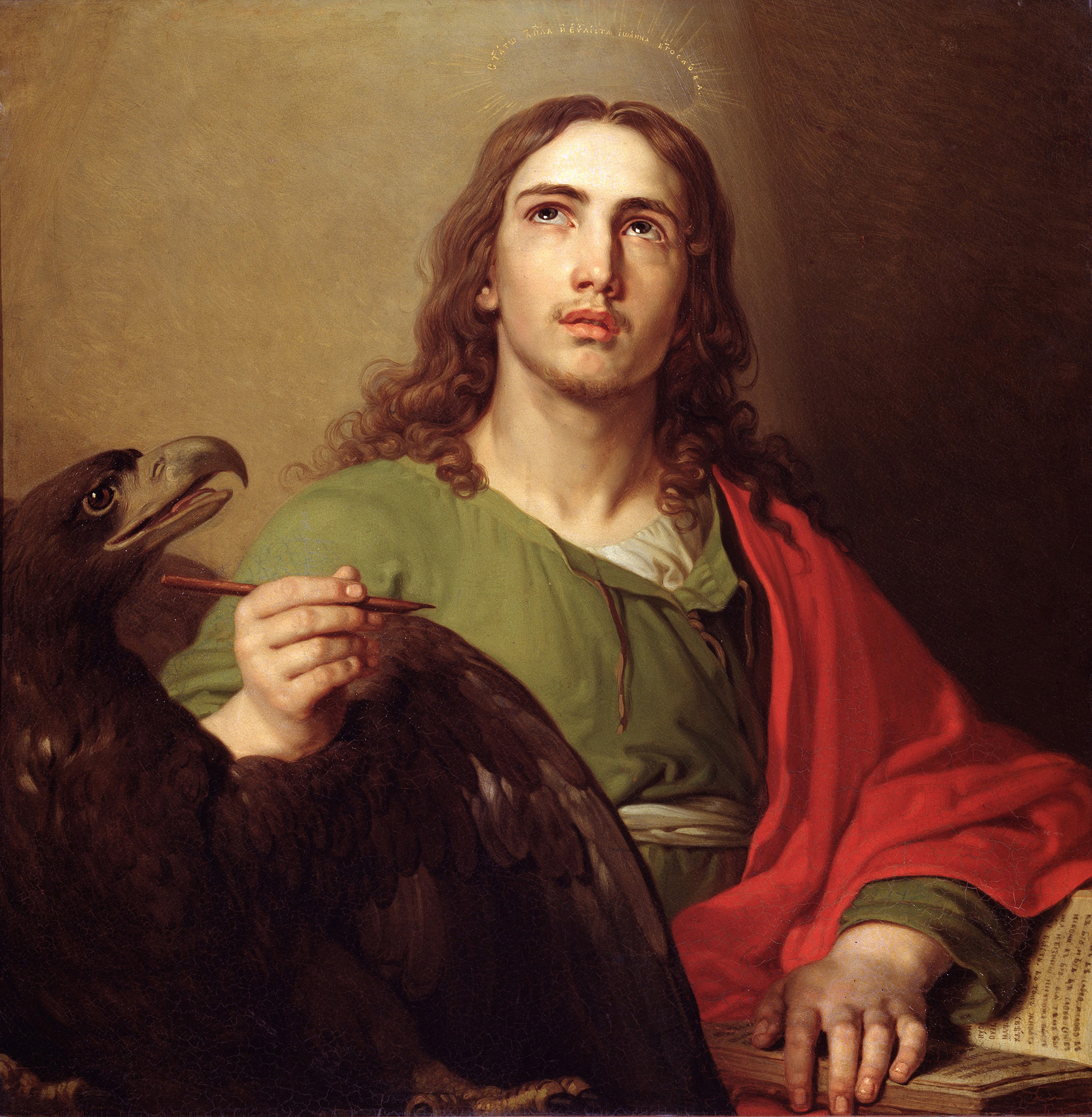 SAINT JOHN THE BAPTIST AND JOHN THE EVANGELIST ARE KNOWN AS THE PATRON SAINTS OF FREEMASONRY. BUT WHY?
SAINT JOHN THE BAPTIST AND JOHN THE EVANGELIST ARE KNOWN AS THE PATRON SAINTS OF FREEMASONRY. BUT WHY?
By John L. Cooper, PGM (California)
Freemasonry has many unexplained mysteries in its ritual, one of which is the reference to the “Holy Saints John.” It comes in the monitorial lecture of the Entered Apprentice degree. Candidates are told that Masonic lodges are dedicated to Saint John the Baptist and Saint John the Evangelist. Together, they represent the patron saints of Freemasonry.
To this day, Masons all around the world continue to recognize these two figures as the patron saints of Freemasonry. In fact, the closest thing we have to a Masonic holiday are the feast days of the two saints. St. John the Baptist’s feast day is celebrated in the summer (June 24), and St. John the Evangelist’s is in winter (December 27). Masons and Masonic lodges mark these days with their own celebratory dinners or other events. They are two of the most important dates on the fraternal calendar.
The reasons for this connection go back centuries—and remain shrouded in mystery. What we know for certain is that it isn’t strange that there would be a patron saint of Freemasonry. During the Middle Ages in England and Scotland, many societies and guilds were dedicated to a particular saint. That figure received special devotion from the members of the society, and, in turn, he would offer its members special protection and favor.
St. John, the Patron Saint of Freemasonry
In the calendar of the medieval church, there were two saints named John who were associated with Jesus.
One was the “forerunner” of Jesus, John the Baptist. The other was the apostle John, the brother of James. He is commonly known as John the Evangelist because of his supposed authorship of the Gospel of John in the New Testament. At some point, these two saints became known as the patron saints of Freemasonry. When and where that happened remains a mystery.
Now, Freemasonry isn’t and has never been a religious organization. It has always been open to members of all religions and faiths. However, the world into which it was born, in Enlightenment-era Europe, was a largely Christian one. As a result, many of the symbols of Freemasonry reflect Christian iconography—including the connection to the two Saint Johns in Freemasonry.
Duality and the Two Saint Johns
From the Masonic perspective, we can understand the balanced dualism of John the Baptist on one side and John the Evangelist on the other. Together, they represent two sides of a coin: the passionate zeal of the baptist and the knowledge of faith of the apostle. A Masonic lodge dedicated to the two patron saints of Freemasonry can be seen as a space to both reflect on and channel our passion. Taken as an abstract compilation of symbols, they represent a well-balanced path toward enlightenment. Even more, their feast days are closely associated with the summer and winter solstice—underscoring the symbolic duality of the two figures.
But why are St. John the Evangelist and St. John the Baptist associated with Freemasonry in the first place? How did they become the patron saints of Freemasonry? Masonic scholars claim that the custom came from the practice of new Masons taking their obligations on a Bible opened to the first chapter of the Gospel of John. The “John” who was the supposed author of that gospel was, of course, John the Evangelist.
Duality and the Two Saint Johns
From the Masonic perspective, we can understand the balanced dualism of John the Baptist on one side and John the Evangelist on the other. Together, they represent two sides of a coin: the passionate zeal of the baptist and the knowledge of faith of the apostle. A Masonic lodge dedicated to the two patron saints of Freemasonry can be seen as a space to both reflect on and channel our passion. Taken as an abstract compilation of symbols, they represent a well-balanced path toward enlightenment. Even more, their feast days are closely associated with the summer and winter solstice—underscoring the symbolic duality of the two figures.
But why are St. John the Evangelist and St. John the Baptist associated with Freemasonry in the first place? How did they become the patron saints of Freemasonry? Masonic scholars claim that the custom came from the practice of new Masons taking their obligations on a Bible opened to the first chapter of the Gospel of John. The “John” who was the supposed author of that gospel was, of course, John the Evangelist.



